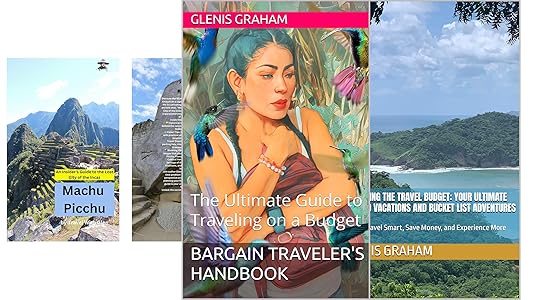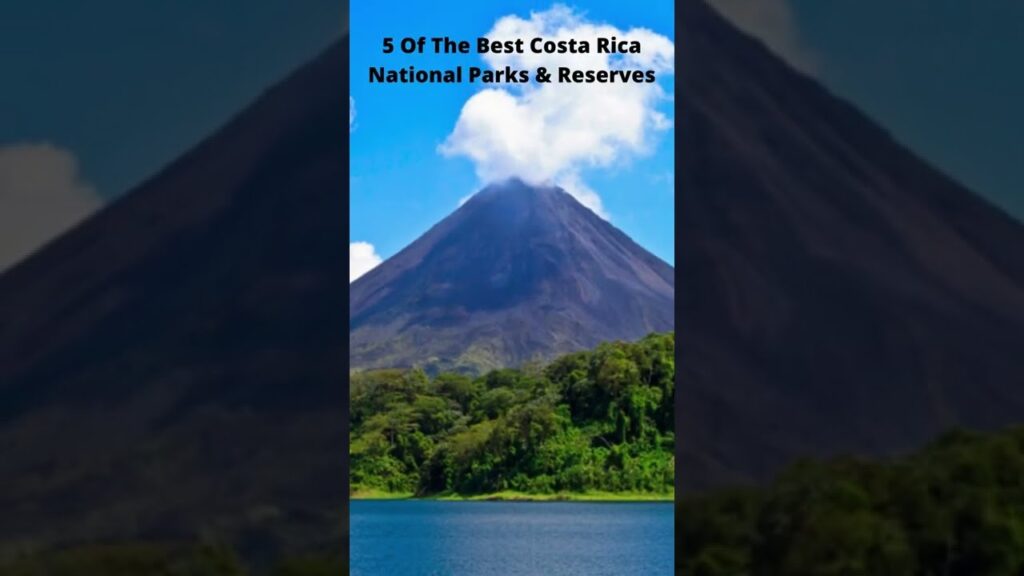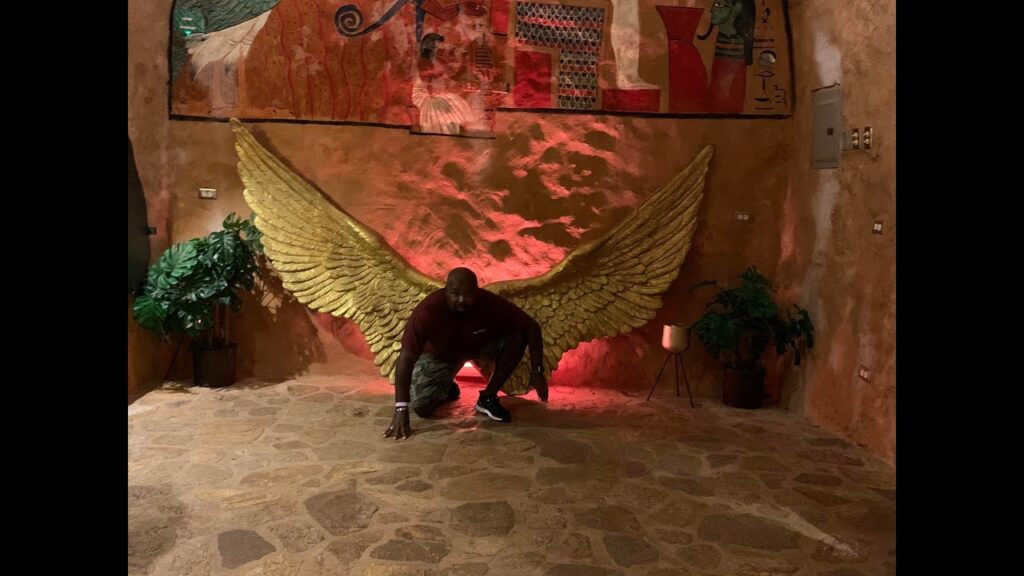Socotra Island
Socotra Island: Nature’s Hidden Treasure
Daily Location Fact #48: Socotra Island
Fact: Socotra Island, part of Yemen, is known for its unique flora and fauna, including the dragon’s blood tree, which looks like a giant mushroom and bleeds red sap.
Socotra Island: Nature’s Hidden Treasure by Travel With Glen
Timestamps:
00:00:00 A World Apart
00:01:01 The Dragon’s Blood Tree
00:01:45 The Legend of the Dragon’s Blood
00:02:39 A Closer Look at the Sap
00:03:24 Life Sustaining Resource
00:04:15 A Botanical Wonderland
00:05:03 The Curious Case of the Bottle Tree
00:05:51 The Socotran Cucumber Tree
00:06:36 From Deserts to Oases
00:07:19 The Majesty of Diksam Plateau
00:08:13 Qalansiya Beach
00:09:01 Echoes of Ancient Traditions
00:09:53 A Symbiosis with Nature
00:10:39 Guardians of a Fragile Paradise
00:11:22 A Symphony of Wings
00:12:12 A Starry Night in Socotra
00:13:29 Farewell to a Hidden Gem
Socotra Island: Nature’s Hidden Treasure
Far off the coast of Yemen, in the Arabian Sea, lies an island that seems like it belongs to another world. Socotra Island is a place where the landscape is dotted with plants and trees found nowhere else on Earth, creating a natural spectacle that is both strange and beautiful.
One of the most striking features of Socotra is the dragon’s blood tree, an unusual tree with a dense canopy that resembles a giant umbrella. These trees have earned their name from the dark red resin they produce, which locals have used for centuries for medicinal purposes, as well as a dye. Walking among these trees feels like stepping into a fantasy realm, where nature has painted its own masterpiece.
The island’s isolation has allowed it to become a haven for biodiversity. Over a third of Socotra’s plant species are endemic, meaning they can only be found here. Among these are the bottle tree, with its swollen trunk and delicate pink flowers, and the Socotran cucumber tree, which appears as though it belongs to another planet.
The rugged terrain of Socotra offers a mix of landscapes, from arid deserts to lush oases. One such oasis is the Diksam Plateau, where you can find deep canyons and freshwater pools that provide a lifeline for the island’s wildlife. The area’s dramatic cliffs and sweeping views make it a place of serene beauty.
Socotra’s beaches are another hidden gem. The white sands of Qalansiya beach meet the crystal-clear waters of the Arabian Sea, creating a tranquil paradise. The turquoise waters are perfect for snorkeling and diving, revealing vibrant coral reefs and an array of marine life.
Despite its remote location, Socotra has a rich cultural history. The island’s inhabitants have developed a unique way of life, living in harmony with the harsh yet beautiful environment. Traditional Socotri houses, made from limestone and coral, blend seamlessly into the landscape, reflecting the resourcefulness of the people.
The island is also home to a variety of bird species, many of which are endemic. Birdwatchers can spot the Socotra starling, the Socotra sunbird, and the Socotra sparrow, among others. These birds add a splash of color and song to the island’s rugged terrain.
Living on Socotra means embracing its wild beauty and learning to coexist with its unique flora and fauna. The island’s residents have a deep respect for their environment, understanding that their survival is intricately linked to the health of the land and sea.
As night falls on Socotra, the sky lights up with countless stars, unspoiled by light pollution. This celestial display, combined with the island’s otherworldly landscape, creates an atmosphere of serene isolation, a place where one can feel truly connected to nature.
Join us for more daily location facts and dive into the stories that shape the world’s most captivating places. Don’t forget to like, comment, and share your thoughts with the “Travel With Glen” community!
https://join.vacabee.com/digistore24/#aff=buycosta – membership access to wholesale travel pricing
![]()









